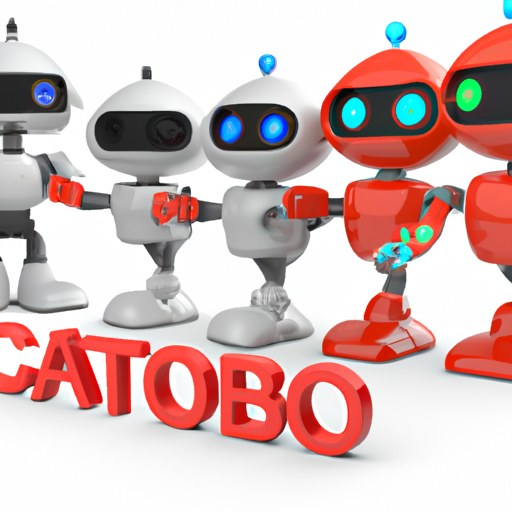In today’s fast-paced digital world, the term hyper-connectivity has emerged as a pivotal concept defining the way we communicate. As technology continues to evolve, the connections between devices, people, and networks have become more intricate than ever. But what does hyper-connectivity really mean, and how does it impact our daily lives?
What is Hyper-connectivity?
Hyper-connectivity refers to an environment where everything is interconnected via the internet, facilitated by devices equipped with communication capabilities. This includes smartphones, tablets, computers, and a growing number of smart devices through the Internet of Things (IoT), allowing for seamless communication and data exchange.
The Role of 5G in Hyper-connectivity
5G technology is at the forefront of enhancing hyper-connectivity. With its lightning-fast speeds and high data capacity, 5G networks support the simultaneous connection of millions of devices. This newfound speed enables a vast array of applications ranging from real-time communication and virtual reality experiences to smart city infrastructures and automated vehicles.
Implications for Digital Communication
The implications of hyper-connectivity for digital communication are profound. As devices become increasingly interconnected, the volume of data generated is exploding. This not only enhances efficiency but also opens new avenues for collaboration and innovation in various sectors, including healthcare, education, and entertainment.
Challenges of Hyper-connectivity
Despite its advantages, hyper-connectivity also presents several challenges, such as:
- Data Privacy: With more devices connected, the risk of data breaches increases significantly, raising concerns about personal and organizational security.
- Over-dependence on Technology: Relying heavily on hyper-connected systems can make individuals and organizations vulnerable to disruptions caused by technology failures.
- Digital Divide: While hyper-connectivity can benefit many, it can also widen the gap between those with access to advanced technologies and those without.
Embracing Hyper-connectivity
To positively embrace hyper-connectivity, individuals and organizations must prioritize cybersecurity measures, invest in infrastructure, and promote digital literacy. Ensuring that everyone can benefit from these advancements will be crucial in shaping a connected future that is equitable and secure.
Conclusion
Hyper-connectivity is not just a trend; it is the essence of our increasingly digital lives. As technology continues to advance, understanding its implications will be vital for leveraging its potential while mitigating accompanying risks. By fostering an environment that embraces hyper-connectivity responsibly, we can pave the way for a more interconnected and thriving future.
Keywords: Hyper-connectivity, digital communication, IoT, 5G, smart devices, connectivity





